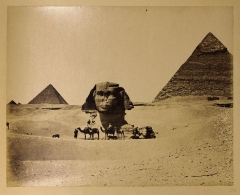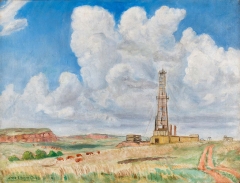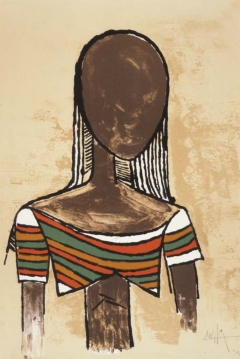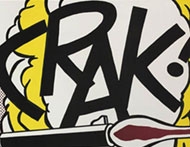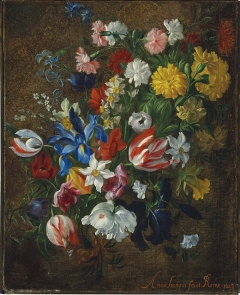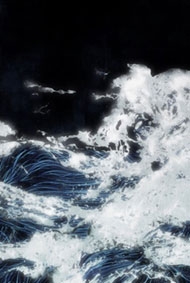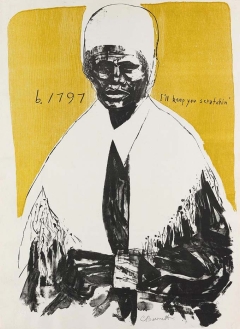The Light of the Levant: Early Photography and the Late Ottoman Empire
–
This exhibition highlights the important role of the Levant region in early photography. In its broadest historical meaning, the area of the Levant, controlled by the Ottoman Empire during all or part of the nineteenth century, encompassed contemporary Greece, Turkey, and most of the Arab world.

